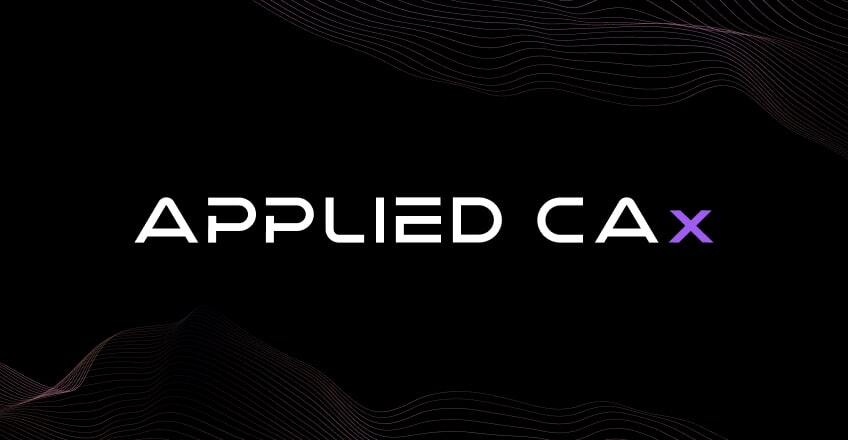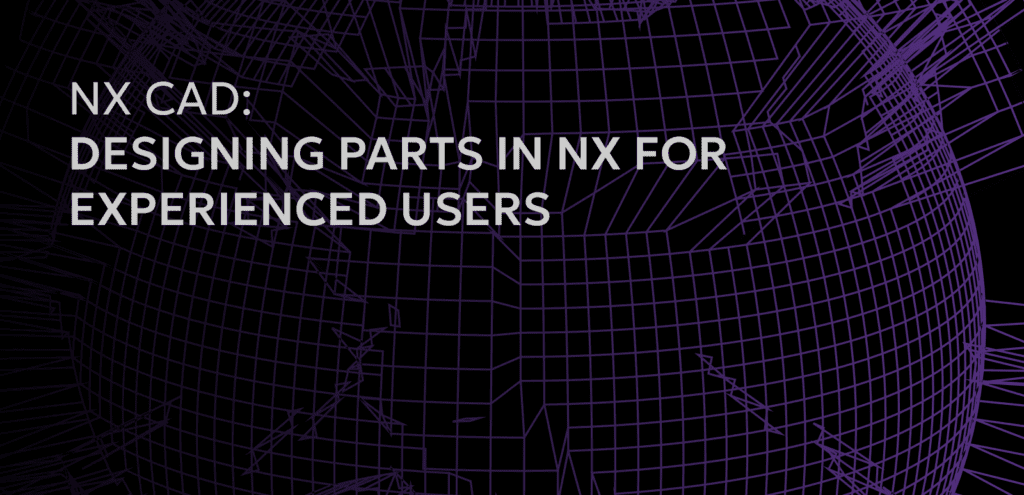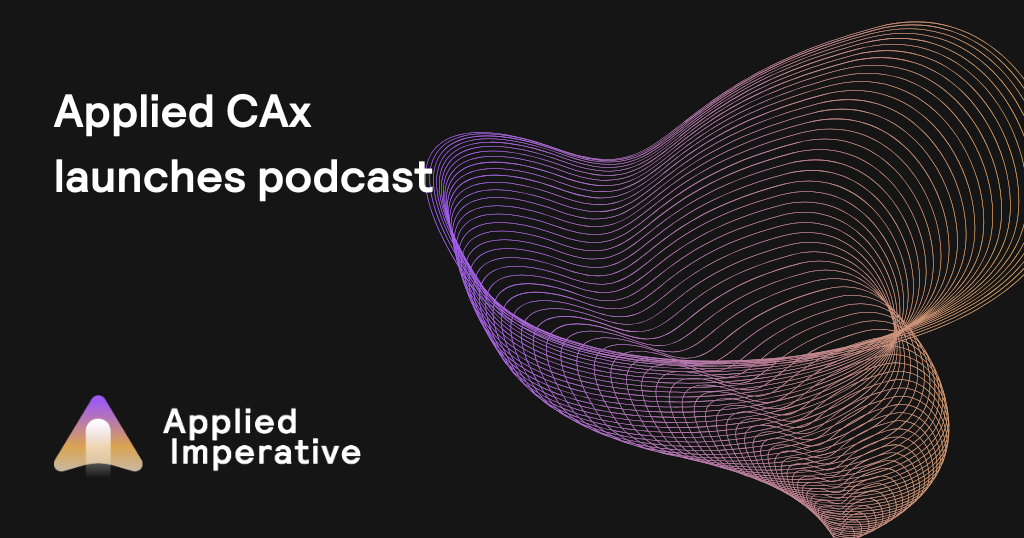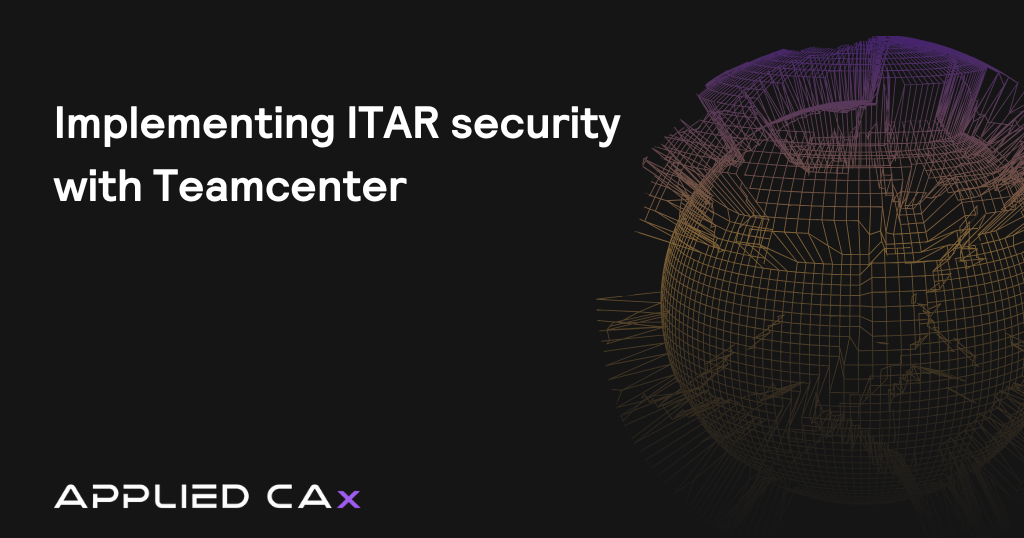In today’s fast-moving product development world, managing every stage of a product’s lifecycle can be complex. And, the need for an efficient way to manage from initial product concept to retirement becomes critical. This is where Product Lifecycle Management (PLM) comes into play. It’s important to note that PLM is not just a tool (or even a set of tools); it’s also a strategy that guides companies toward faster, more cost-effective product development while improving product quality, regulatory compliance, and customer satisfaction.
What is Product Lifecycle management?
At its core, PLM is a comprehensive approach to managing the entire lifecycle of a product. It encompasses everything from initial concept and design through production, service, and eventual disposal of a product. It involves not just the software tools to manage the data, but also the processes that you create for (and data that you generate about) your product, which are aligned between functional stakeholders as product development progresses.
The primary goal of PLM is to provide a centralized management system where all of this product-related information can be managed, protected, and yet easily accessible to all key stakeholders, from engineers and designers to marketing, supply chain, manufacturing, and support teams. In addition, suppliers can be selectively brought into the PLM domain to create more effective partnerships and decrease turnaround time for development and fulfillment. This centralized approach aims to reduce errors, enhance collaboration, and increase product quality.
Why PLM?
OK, so conceptually the above sounds great, but why do we need to invest in additional tools and processes to achieve the above? Can’t we just continue to get by with shared folders, spreadsheets and email?
You could, but companies without a well-designed PLM process/toolchain often suffer from many of the following issues:
- Disparate data sources: Without a well-defined PLM strategy and toolchain, data exists in silos or is duplicated in multiple places, making it challenging to ensure everyone works from the latest design or process. This often results in duplicate efforts, miscommunication, and costly errors. This happens even more often between OEM and suppliers.
- Late-stage integration problems: Traditional “spec-design-build” processes can face significant integration challenges in later stages, stemming from product design that lacks an integrated manufacturing process design. These issues are costly and time-consuming to resolve and can delay product launches.
- Regulatory compliance risks: Industries like aerospace, automotive, and healthcare face stringent regulatory requirements. Without being able to demonstrate that you have a widely accepted PLM system managing your data and processes, regulatory reviews can be more challenging and time-consuming and result in more potential findings.
- Limited change management: Effectively managing change across systems engineering, design engineering, supply chain and manufacturing is crucial. Without a PLM system, tracking changes across teams and domains becomes a monumental task, increasing the risk of product defects and milestone delays.
What does PLM look like in action?
So, what does utilizing PLM actually look like in real life? Imagine your company is developing a next-generation electric vehicle (EV). In this scenario, deploying a PLM toolset such as Siemens Teamcenter can dramatically improve the development process by:
- Connecting design and engineering teams: Teamcenter ensures that the systems engineering, mechanical engineering, electrical engineering, software engineering and manufacturing engineering teams have real-time access to each other’s updates, minimizing miscommunication and rework. For instance, when a change is made to an EV’s battery requirements, Teamcenter can ensure that design engineers, software engineers and manufacturing teams are notified immediately, enabling them to adjust plans and processes accordingly.
- Managing requirements: Let’s say that you are adding a new airbag design to enhance safety for side-impact collisions. Teamcenter can manage all of the requirements (starting with the initial requirements phase) for the new features. Safety and performance requirements can be structured into requirements documents for review and release, while each individual requirement object can be linked to system models and downstream CAD designs (as well as test cases and test plans).
- Facilitating the proper reviews and signatures: Teamcenter’s workflow engine can ensure that the appropriate reviewers are engaged for each type of design, and keep things moving with timely email nudges and requiring comments where necessary. Individual users, groups or roles can be targeted for reviews and approvals, with e-signature and full audit trail of the workflow history for regulatory use.
Siemens Teamcenter PLM functions like a GPS system, offering constant guidance to help teams navigate the complexities of new product introduction (NPI).
Common challenges with implementing PLM
With such broad-reaching benefits, implementing PLM can present challenges to be aware of (especially in large, complex organizations). Some of these challenges include:
- Data overload: As companies integrate data sources into their PLM system, the sheer volume of data can become significant and potentially overwhelming. PLM tools like Teamcenter address this by offering tools to organize, filter, and analyze data efficiently, helping users find and focus on what matters most. In addition, business analytics tools like Teamcenter Reporting and Analytics can provide intelligent insight into data trends, illustrate the meaningful data points to assess performance, and are fully customizable.
- Effective change management: As mentioned earlier, managing changes across multiple domains is one of the biggest hurdles in product development. And, implementing a comprehensive change management program often requires a comprehensive solution blueprinting phase that incorporates workshops and feedback sessions to create buy-in across functions (not always an easy task). It’s important to have a solution partner that has implemented change management in your industry, and also understands the out of the box change management capability of the PLM tool you have selected, like Teamcenter.
- Data Migration: The keys to PLM are process and data. It’s important to import the right data into your Teamcenter PLM environment and integrate your toolchain effectively. It’s wise to develop a data migration plan that includes data cleanup, property mapping, and end user validation stages. Often, pilot migrations should be used to identify and address issues before full-scale migration. This is where experience matters, and as a deployment partner, Applied CAx brings significant data migration and integration experience to your Teamcenter implementation project.
The role of Siemens Teamcenter PLM
When discussing PLM, Siemens Teamcenter PLM leads the market for discrete manufacturers around the world. Here’s how Siemens Teamcenter stands out as a PLM solution:
- Unified data management: Teamcenter provides a single source of truth for all product information, consolidating data from design, engineering, manufacturing, and service into one comprehensive system. This means that everyone in your organization—from design engineers to service technicians—can access the same up-to-date information.
- Cross-domain collaboration: Teamcenter supports workflow integration across mechanical, electrical, software, and systems engineering, helping teams collaborate more effectively and resolve issues earlier in the product development cycle.
- End-to-end traceability: Teamcenter enables companies to trace requirements, changes, and product versions throughout the lifecycle. This traceability is essential for compliance, quality assurance, and continuous improvement. Additionally, Teamcenter can integrate those requirements with a full test suite for end-to-end requirements in the validation workflow.
- Scalability and adaptability: Siemens Teamcenter can easily scale from small teams to global enterprises, making it adaptable to various industries and product complexities. In combination with Applied CAx’s Agile Deployment packages, companies can get up and running with Teamcenter quickly and cost-effectively.
- Expandability: Teamcenter offers modules for requirements management, quality management, BOM (Bill of Materials) management, and even supplier integration, making it a versatile platform capable of handling the full scope of product development needs. Implementing Teamcenter allows you to focus on your core business, while Siemens constantly expands and improves Teamcenter for your needs.
Conclusion
Product Lifecycle Management (PLM) is more than just a way to manage data or a data vault—it’s a strategic enabler for developing better products faster. By centralizing information, facilitating collaboration, and managing change, Siemens Teamcenter PLM helps companies streamline development, reduce costs, and improve product quality.
Ready to explore how PLM can transform your product development process? Join me in the next post, where we’ll dive into the practical steps of implementing Siemens Teamcenter in your organization.








